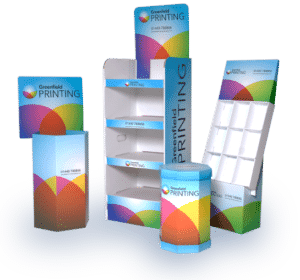Home » POP VS POS Display: What’s the Difference and Which to Choose?
POP VS POS Display: What’s the Difference and Which to Choose?
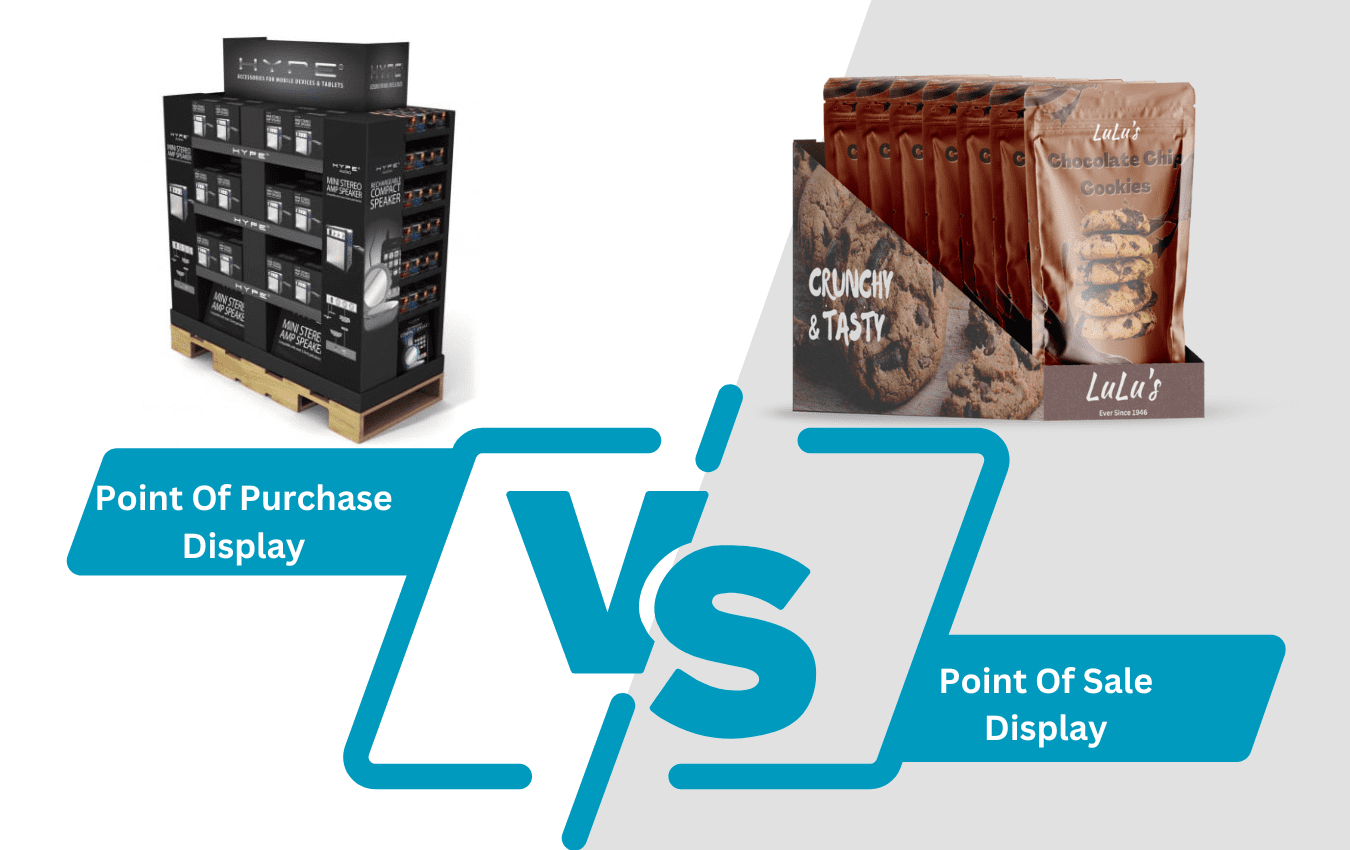
Displays play a key role in marketing and selling your product in stores. With the goal of grabbing the attention of a customer, it is important to choose the right style. There are many factors to keep in mind when deciding which display is best for your business needs.
The two main types are POP and POS displays. Making the decision between both will be based on your product and your overall company goals. With a well-designed display you can showcase your products most impressive features and have a better chance of catching your customer’s attention. It is important to understand the differences between the two in order to choose the best display for your business needs.
What is a POP Display?
A POP display refers to point of purchase which is the physical location where a consumer decides they would like to buy a product. These displays need to appeal to the customer and convince them to make a purchase. It is important that POP displays are customized with eye catching designs, in order to convince the costumer to purchase the product. These displays are meant to be placed in highly trafficked areas to ensure the maximum number of views.
There are three main types of POP displays. The first being temporary which is made with corrugated material. This is the cheaper to produce compared to the longer shelf life displays. Shelf life for this is up to 6 months. Next being semi-permanent, which is made with heavy duty corrugated, metal, wood, acrylic, and glass. The shelf life for this is 6 months to a year. Lastly is permanent which is made with plastic, metal, wood, glass and other durable materials. The shelf life is up to 3 years which makes it the longest lasting POP display.
POP Display Styles:
- Floor Display: Typically located in aisles with shopping access from all sides.
- Pallet Display: Located on a pallet and can vary in three sizes (Half, Quarter, Full)
- Power Wing (Sidekick) Display: Versatile and can be placed on endcaps or the sales floor.
- Dump Bin: Placed on the sales floor and can be accessed from all sides.
- Pallet Skirt/Wrap: A corrugated covering of a stack of pallets, which is used to hold up and display products.
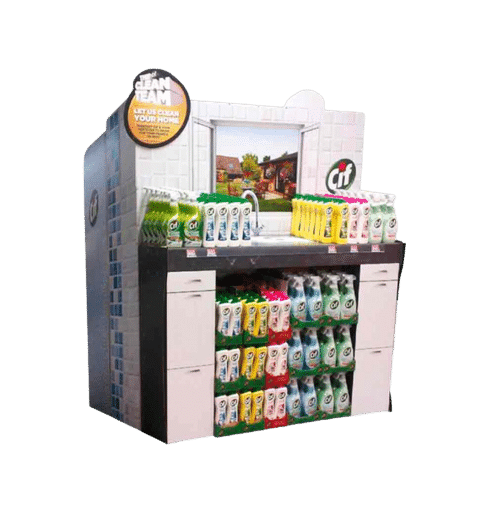
Floor
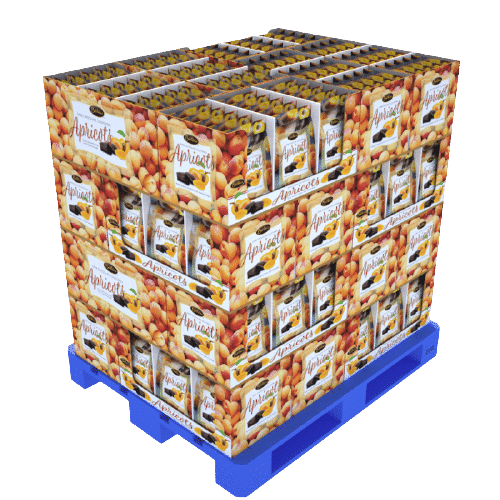
Pallet
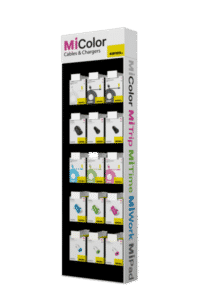
Power Wing (Sidekick)

Dump Bin
POP Display Strengths:
- Increase brand awareness
- Showcase products and new items
- Breakaway from competition on shelf
- Placed in high traffic areas
What is a POS Display?
A POS display refers to point of sale which is the specific area where the sale takes place. These are the displays that customers interact with near the checkout or register. The purpose of these are to engage the customer in impulse purchasing. This is usually for items you didn’t plan on purchasing, but after seeing the item at check out, you impulsively chose to buy it. Since these are placed at checkouts, it’s almost a guarantee that customers will see your product.
Although these displays are small, it is still important to have an eye catching design in order to draw in the customer. Since these displays are smaller, they are best for small items and those that are individually packaged. Common examples of these are; drinks, candy, gum, and other small items located at the register.
POS Display Styles:
- PDQ Trays: Designed to fit in small places and maximize the use of retail place.
- Counter Top: Displays that are usually on a counter and designed to hold small products and fit them in compact areas with limited space.
- Power Wing (Sidekick) Display: Versatile and can be placed on endcaps or the sales floor.
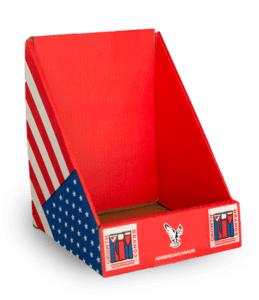
PDQ Tray

Counter Top Display
POS Display Strengths:
- At checkout, all customers will see
- Targets impulsive buyers
- Usually smaller and cheaper products
- Showcase products and new items
When to Choose a POP or POS Display:
Point of Purchase
- More costly
- Bigger displays
- More products
- Versatility and mobility to place display throughout the store
- Variety of display options and best for design
Point of Sale
- Less costly
- Smaller/individually packaged products
- Less variety of products
- Placed at check out
- Targets impulse purchases
Summary: Choosing the Right Display
Displays are a great way to stand out among your competitors. These two displays although similar, give two different approaches when it comes to showcasing your product. Choosing the right display for your business needs is important. They can come in many sizes, shapes, and designs with the common purpose of promoting and displaying your products. You must take many factors into consideration when making that decision.
If you need help deciding which display would be best for your business needs, then contact Brown Packaging today so one of our packaging specialists can assist you.
RSC boxes are known for their efficiency and versatility, but their performance ultimately comes down to strength. Buyers often see numbers like ECT, BCT, and
In packaging, foam isn’t just about initial protection — it’s about maintaining performance over the entire shipping or storage cycle. Compression set and recovery characteristics
Pouches are a go-to for flexibility and convenience, but they can fail in critical ways—from poor seals to punctures and delamination—that hurt performance and brand
In the retail environment, the placement of Point of Purchase (POP) displays is just as critical as their design and content. Strategic positioning can significantly
Choosing the right foam density isn’t about “soft” versus “hard” — it’s about controlling shock transmission and matching the foam’s cushioning curve to the product’s
Moisture resistance and dimensional stability are critical performance factors for custom inserts, especially when products are shipped or stored in variable climates. Both foam and
Home » POP VS POS Display: What’s the Difference and Which to Choose?
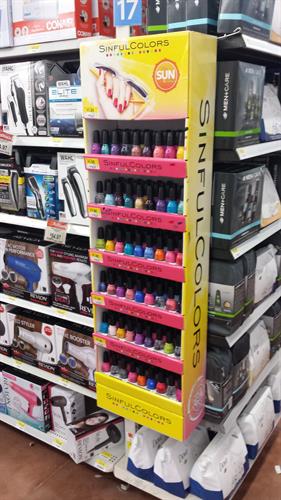
Creating a successful Point of Purchase (POP) display involves thorough research and careful planning. This crucial second step in the development of a POP display

The design and prototyping phase is a pivotal step in the creation of a Point of Purchase (POP) display. It’s where the conceptual groundwork laid
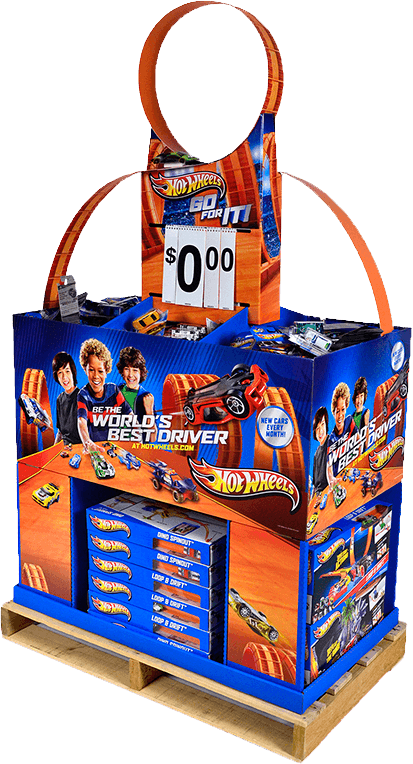
Point-of-purchase (POP) displays do more than attract shoppers—they must also survive the complexities of modern supply chains. From manufacturing and warehousing to transportation and in-store


